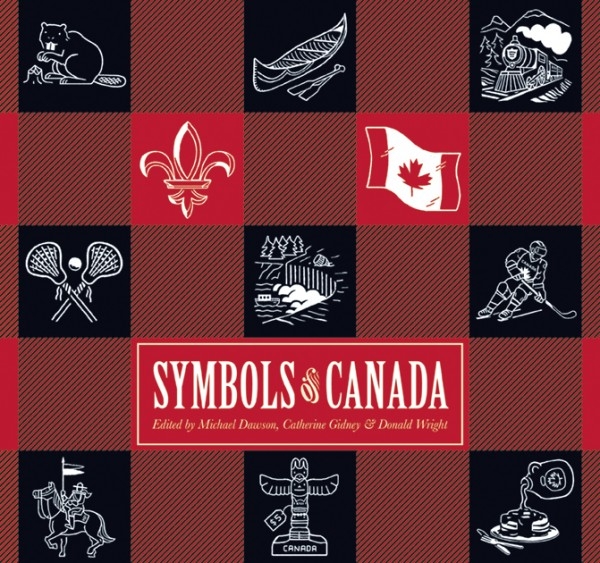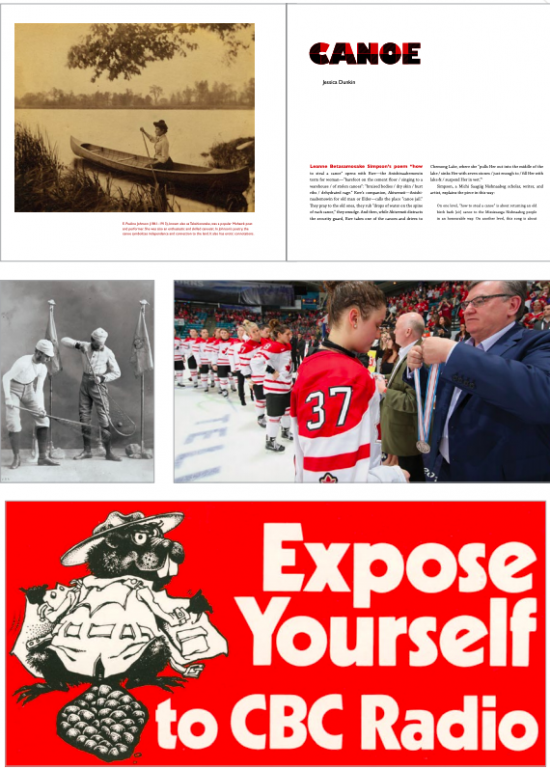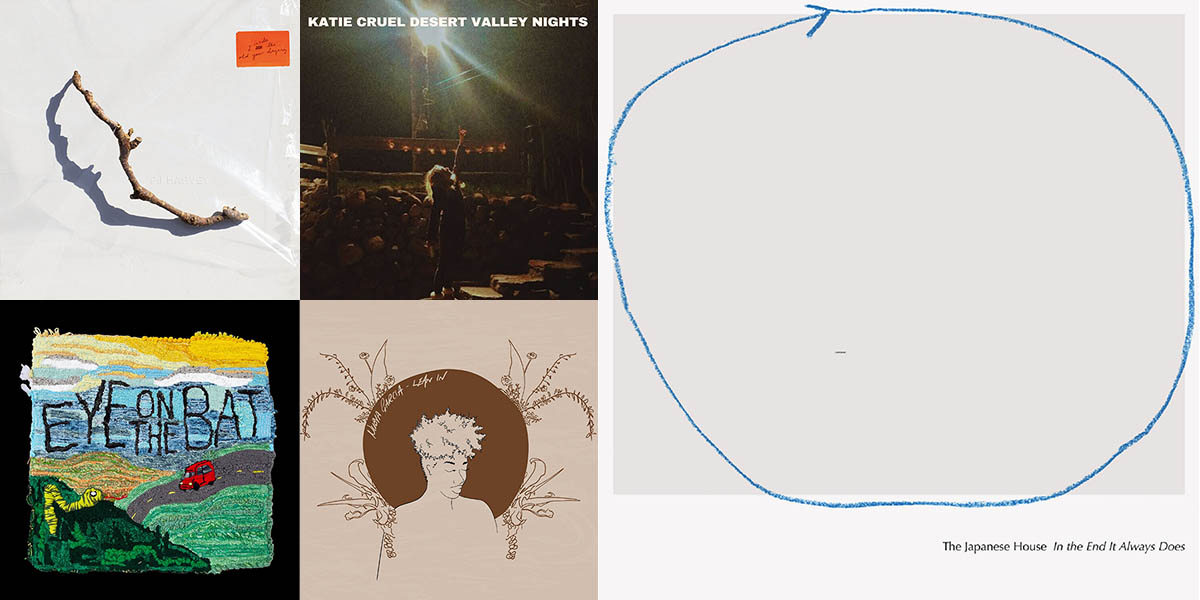
Symbols of Canada
Symbols of Canada
By: Michael Dawson, Catherine Gidney and Donald Wright
256 pages • ISBN 9781771133715
From Timbits to totem poles, Canada is often boiled down to its syrupy core in stereotypical symbols displayed everywhere from t-shirts and television ads to our classrooms, museums and courtrooms. Despite their ubiquitous nature, most Canadians know little about the history of these identifiers—nor the potential strengths and pitfalls of using them as markers of our national identity.
Many of the popular Symbols of Canada can be found in every home and in every public space. They come in many forms, from objects such as the red-uniformed Mountie, the maple leaf and the beaver to concepts, such as free healthcare, peacekeeping and saying “eh?”.
A collection of informative, pithy and witty essays, Symbols of Canada offers context and critique of iconic Canadian symbols, often revealing their contentious and contested histories. Written by a myriad of prominent Canadian researchers, authors and activists, the collection includes more than 100 full colour photographs throughout.
Where did these symbols come from and how have their meanings changed over time? Symbols of Canada gives us the real and surprising truths behind these most iconic Canadian symbols, revealing their contentious and often contested histories.
John Sutton Lutz’s “Totem Pole” reveals how totem poles at one time present only in a sliver of what is now BC and parts of Alaska—became a globally recognized symbol of Canada. As you can imagine, this story is full of terrible ironies—and belies a darker history than many Canadians wish to remember. In 1926, the Government of Canada uprooted and repainted a cluster of totem poles in BC, placing them along the route of the Canadian National Railway so that they would be more visible to tourists. Meanwhile, the suppression of Indigenous culture continued through the increasingly oppressive amendments to the Indian Act.
“Beaver” by Colin M. Coates, explains the role that media played in the creation of this jolly Canadian symbol, and the fight between the USA and Canada over ownership of this national animal that went all the way to the executive branch of both governments. It’s witty, rather hilarious and includes more than an a few jabs at some of our venerated institutions.
And in “Hockey,” Kristi Allain explains, “Like other national symbols, hockey’s utility as a vehicle for commonsense public expressions of identity depends upon evasion selectivity, and erasure—or, in the common parlance of the sport itself-—some fancy stick handling.” It’s a truly unique perspective on our country’s sport.
Points of Interest
• Sharp, insightful and deeply funny: At once celebrating and critiquing symbols within Canadian identity, contributors are invariably witty and sometimes barbed, creating a rich, quick and satisfying reading experience.
• Asks important questions of Canadian identity: Symbols of Canada asks important questions about the purpose and consequences of revering particular parts of the Canadian experience. For example, Kristi Allain says of ice hockey, “Like other national symbols, hockey’s utility as a vehicle for commonsense public expressions of identity depends upon evasion, selectivity, and erasure—or, in the common parlance of the sport itself— some fancy stickhandling.”
• Shares little-known facts about well-known topics: From the artists’ intentions behind the Vimy Ridge monument to age-old debates about placing the beaver on the national flag, Symbols of Canada offers intriguing and eye-opening context for commonly known parts of Canadian identity.
• Illuminating or side-splitting photos: From iconic hockey photos to stunning watercolours to old advertisements of beavers exposing themselves (really), the book is full of eye-catching images, many of which are available to media.
MICHAEL DAWSON is professor of history at St. Thomas University.
CATHERINE GIDNEY is adjunct research professor of history at St. Thomas University.
DONALD WRIGHT is a professor of political science at the University of New Brunswick.









